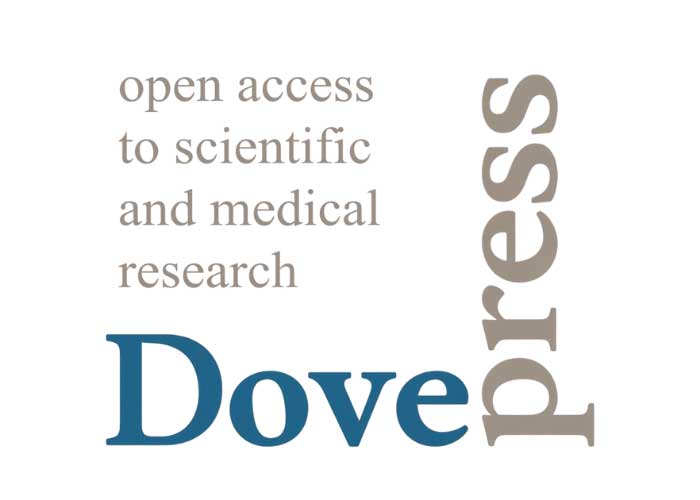
Authors:
Peter J Millett, MD, Brandon T Goldenberg, Lucca Lacheta, Travis J Dekker, James D Spratt, Philip C Nolte
Abstract:
Large and massive rotator cuff tears have the highest risk of retear. Common biologic modalities that can potentially reduce the retear rate and improve healing include platelet-rich plasma (PRP), scaffolds, and mesenchymal stem cells (MSCs). PRP has been studied for its role in improving rotator cuff healing and results of randomized controlled trials and meta-analyses show mixed results. Most studies in large and massive tears show that PRP decreases the retear rate, but the connection between structural integrity and clinical outcomes is still unknown. Extracellular matrix (ECM) and synthetic scaffolds can increase healing in augmentation and bridging repair. Acellular dermal allografts have shown better healing rates and outcomes than xenografts in meta-analyses. Synthetic scaffolds augmented with bone marrow-derived stem cells have only been studied in vitro but are promising for the combination of mechanical stability and induction of a biological response. Superior capsule reconstruction is an exciting type of interposition graft reconstruction that has shown favorable early clinical outcomes for large and massive tears. Bone marrow-derived stem cells and adipose-derived stem cells improve the biomechanical characteristics of tendon
repair and enhance the histological findings of the healing process in animal studies. However, evidence from human studies is lacking, especially in patients with large and massive tears. In summary, there are many biological options to augment rotator cuff repair in patients with large and massive tears. Due to mixed results and a lack of standardization in high-quality studies, we cannot recommend PRP at this time as an adjunct to rotator cuff repair. Both ECM and synthetic scaffolds, as well as SCR, can be used, especially in situations where native tendon is compromised, and additional mechanical augmentation
is needed. Stem cells have been the least studied to date, so it is difficult to give recommendations for or against their use at this time.
Download: Biologics to Improve Healing in Large and Massive Rotator Cuff Tears – A Critical Review
